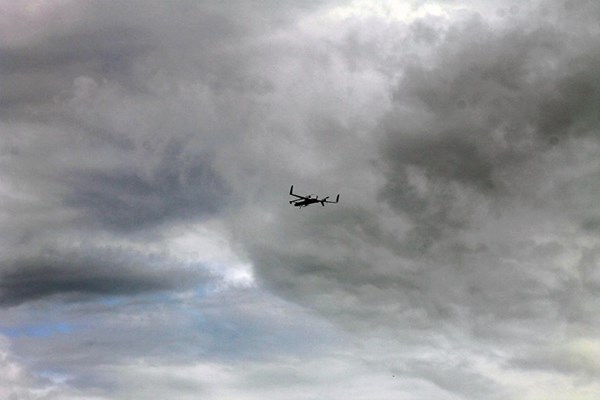Russia enhances Shahed drones with increased payload, shifting tactical reach and impact
The Russian Armed Forces have started deploying upgraded "Shahed" drones, equipped with a more significant payload of explosives. This signals Moscow's sustained capability to enhance its weaponry, as explained by an Israeli military analyst. While the added weight won’t affect the Ukrainian Armed Forces' mobile units, it could pose challenges when intercepting the drones at higher altitudes.
Military analyst David Sharp shared insights into these heavier than ever Russian "Shahed" drones with "Channel 24".
Sharp noted that over the three years of conflict, Russia has refined the "Shahed" drones and altered their tactical application. Initially, these drones could travel up to 2,000 km but carried minimal explosives. Now, they are equipped with 90 kg of explosives. According to Sharp, Moscow has traded off range for a more powerful strike capability. Thanks to these upgrades, "Shahed" drones are being used more broadly.
The reasoning behind Russia's strategy might be, "Why not compensate the weight of fuel with a warhead's weight? It doesn’t need to travel too far, yet it can be much more potent and target a wider array," suggested Sharp. Moreover, the "Shahed" can detonate in various ways, including through a contact detonator, an airborne detonation above ground, or a penetrating explosion, he added. Sharp warned that if such a "heavy drone" with its 90-kg explosive burden detonates near an interceptor aircraft, it could cause significant damage. While planes can neutralize drones flying at high altitudes, unreachable by mobile units, the analyst advised that adaptable tactics are essential to counter such developments.
A commentary from Roman Svitan, a retired Colonel of the Ukrainian Armed Forces, echoed on "Channel 24". Svitan observed that the heavier "Shahed" might pose a larger threat to civilians, and the standard "two-wall" safety rule during alerts might no longer suffice. He advised heading instead to shelters or basements.
Notably, on May 20, Defense Express analysts released photos showcasing the upgraded "Shahed" drone warhead. The drone now carries 90 kg of explosives instead of 50 kg. It's been discovered that there's a distinction between charges made in Russia and those in Iran. Russian explosives feature four effects: cumulative, fragmentation, blast, and incendiary. They contain metal hydrides that can reach a temperature of 3,500 degrees. Iranian-made charges, however, lack incendiary properties.
